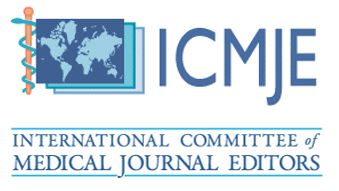The Platelet-Rich Plasma Use After Enucleation of Cystic Lesion Resulting from Pulpal Necrosis due to Dental Trauma: 20-Years Follow-up
José Ferreira Mendes1, Erika Regina Stocco Di Francesco2, Carlos Henrique Dáguila3, Mary Lucia Maia4,
Marcelo do Lago Pimentel Maia5 and Irineu Gregnanin Pedron6*
1Undergraduate Student, Universidade Brasil, São Paulo, Brazil.
2DDS, Private practice, São Paulo, Brazil.
3Professor, Department of Implant Dentistry, IAP Sergio Jayme Institute, São Paulo, Brazil.
4Postgraduate Student, Department of Implant Dentistry, My Implants Institute, Brazil.
5Professor, Department of Implant Dentistry, My Implants Institute, Brazil.
6Professor, Department of Periodontology, Implantology, Stomatology and Therapeutics, Universidade Brasil, São Paulo, Brazil.
*Corresponding Author: Irineu Gregnanin Pedron, Professor, Bottoxindent Institute and Department of Periodontology, Implantology, Stomatology and Therapeutics, Universidade Brasil, São Paulo, Brazil, Tel: +55 11 2944-4067
Received: February 14, 2022 Published: February 23, 2022
Abstract
The exeresis of cystic lesions may involve some complications such as slow bone neoformation, pathological fractures, infections and dental instability. The use of platelet-rich plasma is a promising resource that has been frequently used in dental practice. It presents several benefits related to bone regeneration and tissue healing, based on concepts of tissue bioengineering. The purpose of this report is to present a case of use of platelet-rich plasma in bone cavity after cystic enucleation, followed by a period of 20-years. A male patient complaining of dental trauma and requiring endodontic treatment, presented a well-defined radiolucent image between the tooth 21 and 22, suggestive of cystic lesion. After 6 months of endodontic treatment without signs of periapical repair, enucleation of cystic capsule and detoxication of bone cavity were performed, followed by application of platelet-rich plasma (collected from the patient before the surgical procedure) with particulated bone, was inserted into the bone cavity. Patient has been assessed clinically and radiographically for 20-years, with no signals of recurrence of the lesion. Based on radiographic evidences, we can conclude that the use of platelet-rich plasma after the exeresis of the cystic lesion showed to be efficient regarding bone repair. The lesion has not regressed with conventional endodontic treatment. In this perspective, the use of platelet-rich plasma can be an alternative method with satisfactory results.
Keywords: Platelet-Rich Plasma; Radicular Cyst; Bone Grafts; Bone Regeneration; Endodontic Treatment; Intrabony Defects.
Citation: Mendes JF, Di Francesco ERS, Da guila CH, Maia MC, Maia MDLP, Pedron IG. “The Platelet-Rich Plasma Use After Enucleation of Cystic Lesion Resulting from Pulpal Necrosis due to Dental Trauma: 20-Years Follow-up”. SVOA Dentistry 3:2 (2022) Pages 75-80.











